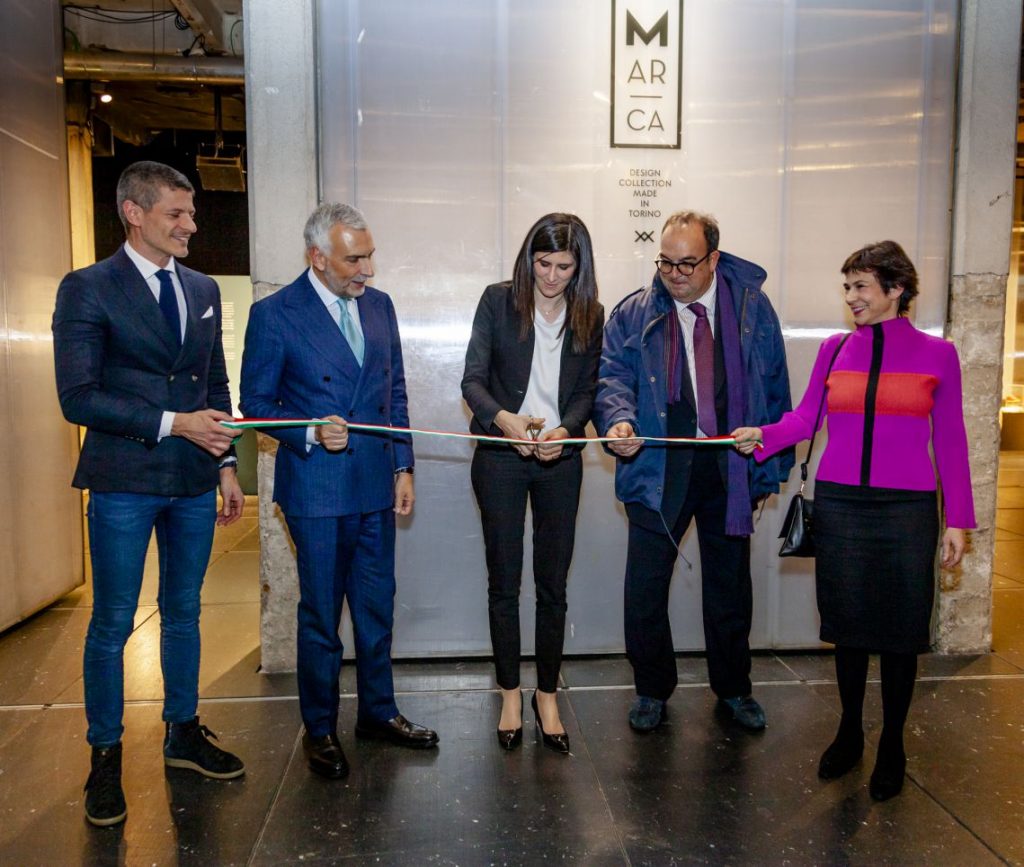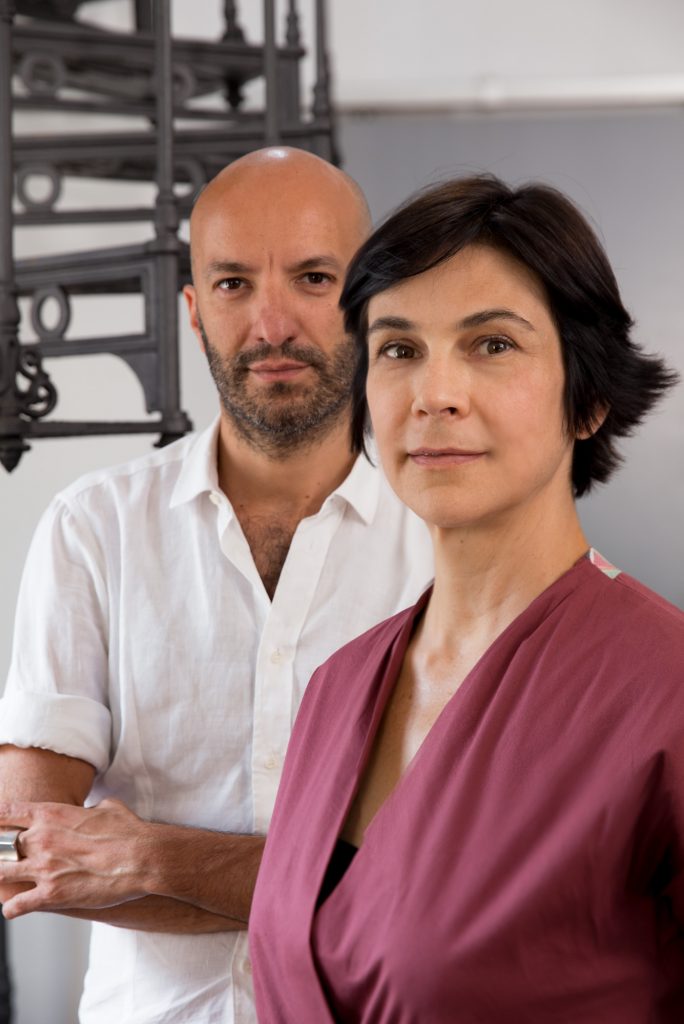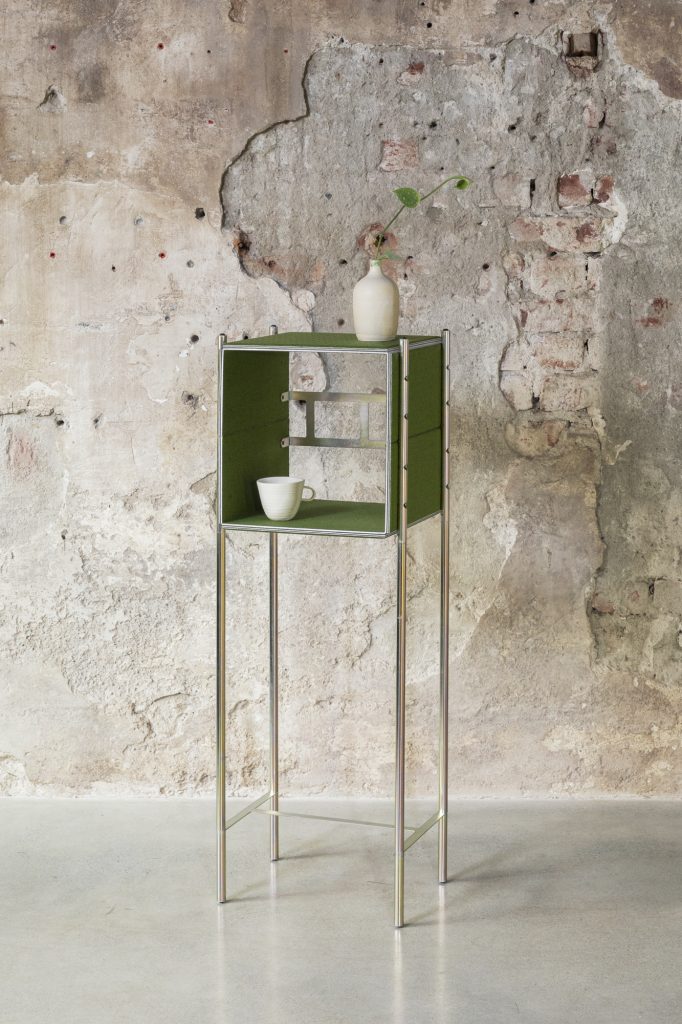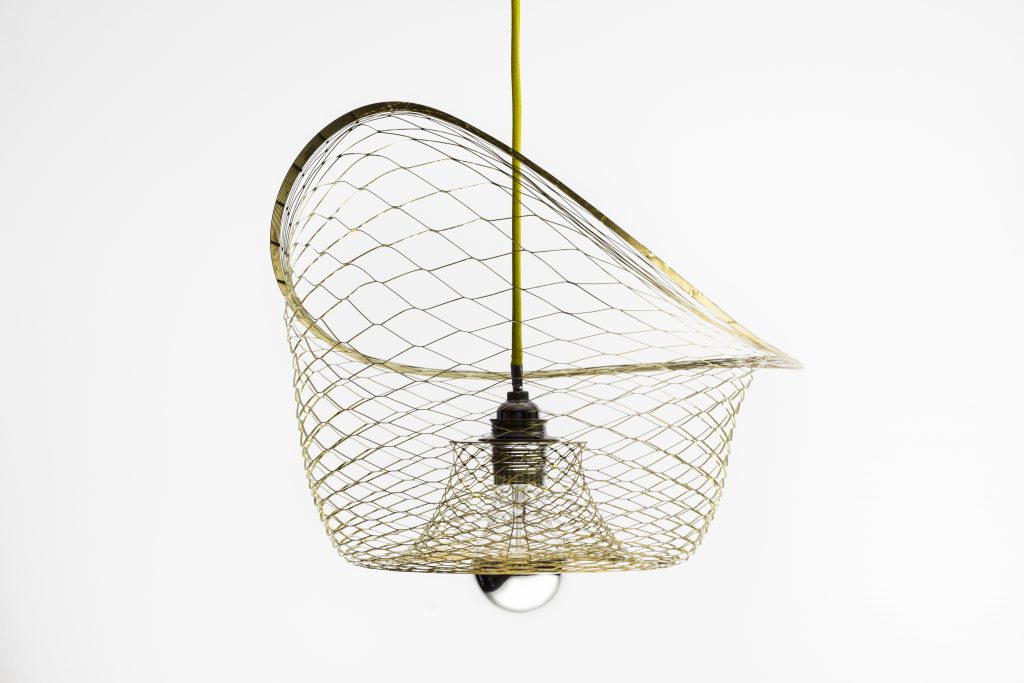

 Madrid – DIMAD – Matadero
Madrid – DIMAD – Matadero
Paseo de la Chopera 14
Until to 26th February 2020.
MARCA, is a collection of daily use objects, outcome of the collaboration between selected designers and manufacturing companies located in the Torino province. MARCA is a project promoted and supported by the Torino Chamber of Commerce in collaboration with Piemonte Agency and it is conceived and curated by Barbara Brondi & Marco Rainò.
MARCA represents the excellences of the Torino territory activating a fruitful cooperation among institutions, designers and companies with the aim to enhance the creative abilities of designers and the consolidated technical knowledge of manufacturers.
 MARCA is based on the assumption that objects can tell a story and express a thought and that they can reveal the creativity and “know-how” of the designer and manufacturer: these are the qualities featuring Torino’s entrepreneurial background that are appreciated all over the world.
MARCA is based on the assumption that objects can tell a story and express a thought and that they can reveal the creativity and “know-how” of the designer and manufacturer: these are the qualities featuring Torino’s entrepreneurial background that are appreciated all over the world.
The objects included in MARCA’s catalogue are conceived to be easily assembled by the final user. The production of all the components is managed by the company, whereas the object in its final configuration is created by the user that combines the parts included in a kit with the help of graphic instructions guiding through the assembly phases. The assembly is always characterized by a large possibility of interpretation by the user, assuring a wide range of combinations among the various parts that compose each object, while also guaranteeing a certain “uniqueness” of the final product.
 VITTORIA is conceived and designed by Stefano Cerruti of Bottega Studio Architetti in collaboration with Quadrilatero. It is a system of modular containers combined according to the needs of contemporary living which can be adapted with respect to the changing conditions of the lived environment and which responds to the desire for personalization of the user. The square-shaped elements, soft to the eye and to the touch, are made of wadding combined – by means of thermoforming, without the use of glue – with multilayered polyester with a recycled and 100% recyclable fabric finishing with excellent sound-absorbent properties and suitable for acoustically correcting noisy environments.
VITTORIA is conceived and designed by Stefano Cerruti of Bottega Studio Architetti in collaboration with Quadrilatero. It is a system of modular containers combined according to the needs of contemporary living which can be adapted with respect to the changing conditions of the lived environment and which responds to the desire for personalization of the user. The square-shaped elements, soft to the eye and to the touch, are made of wadding combined – by means of thermoforming, without the use of glue – with multilayered polyester with a recycled and 100% recyclable fabric finishing with excellent sound-absorbent properties and suitable for acoustically correcting noisy environments.
DORA is a rug resulting from the creative collaboration between Maria De Ambrogio and Stella Tosco who have applied their design method derived from the manufacturing of clothes created for serien°umerica, together with the creativity of Maurizio Battilossi in combining materials and techniques for the production of contemporary rugs and with the artisan craft by Laboratorio Luparia. The product is composed of two coupled cloths of natural wool “orbace” realized on semi manual Jacquard looms and on which an abstract image is hand painted by expert craftsmen with great expertise and attention to details following the original pattern of the two designers.
Each of these textile works is unique thanks to embroideries and coating with rubber, manually executed on some parts of the depicted image, or by borders and fringes made with silk, cotton or viscose yarn. All these consecutive processing techniques applied on a textile, even if they keep the sobriety and the minimalism that characterize the brand of serien°umerica, add complexity and three-dimensionality to the product, making it an innovative and one-of-a kind product.
 AURORA is a lighting system realized by Nucleo, a collective of artists and designers, and by the company Caino Design. The lamp is the result of the research on new expressive forms of photo-etching technology applied to thin metal sheet. Its structure can have manifold shapes, also thanks to the malleability of the metal material with which it is made. It can be used both as suspension lamp as table or floor lamp.
AURORA is a lighting system realized by Nucleo, a collective of artists and designers, and by the company Caino Design. The lamp is the result of the research on new expressive forms of photo-etching technology applied to thin metal sheet. Its structure can have manifold shapes, also thanks to the malleability of the metal material with which it is made. It can be used both as suspension lamp as table or floor lamp.
CROCETTA is the result of the collaboration between the design studio lamatilde and Tappezzerie Druetta. It is a curtain for interiors, not trimmed nor fringed but laser cut and welded. The pattern, obtained with a parametric software that changes according to the light and the transparencies making the panel look tridimensional thanks to an algorithm optimizing a set of parameters. The final user can shorten and trim, using precut holes, like in a cross-stich.